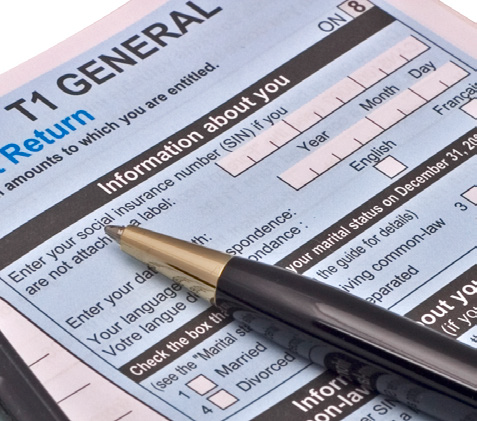With rising rates, there has been increasing interest in guaranteed investment certificates (GICs). Now that tax season has arrived, here is a reminder of their tax treatment, as well as the taxation of bonds.
The taxation of GICs — GICs are often “locked in” and cannot be cashed in until their maturity date. As an example, for a five-year GIC purchased on July 1, 2023, the invested capital must remain in place until July 1, 2028, in order to receive the interest earned. However, this doesn’t mean that there isn’t a tax liability. For non-registered accounts, any accrued interest must be reported on an annual basis, even if it has yet to be received.
Accrued interest is reported based on the anniversary date of the GIC’s issue. So, for the five-year GIC noted above, the interest accrued during 2023 would be the equivalent of six months: July 1 to Dec. 31, 2023. For 2024, a full year of accrued interest would be reported.
The exact amount would depend on when interest is calculated and compounded; in most cases, interest is calculated every six months, though some products may compound interest daily or monthly. AT 5 information slip will be issued for interest amounts of $50 or more. This interest income is fully taxed at your marginal rate in the year it is earned.
The taxation of bonds — Interest income is also generated from bonds. Interest earned in non-registered accounts, often paid semi-annually, must be reported each year on a tax return.
Interest earned in non-registered accounts, often paid semi-annually, must be reported each year on a tax return.
The rapid rise in bond yields has resulted in many “discounted bonds” that may offer greater tax efficiency when compared to a GIC. When purchased on the open market, a bond’s price can fluctuate based on changes to its stated interest rate. If the bond is purchased at a lower price and sold at maturity, a portion of the return will be a capital gain, taxed at a lower rate than interest income. Also notable, when accrued interest is paid at the time of purchase, it is deductible as an investment expense on a tax return for the year in which you bought the bond.



